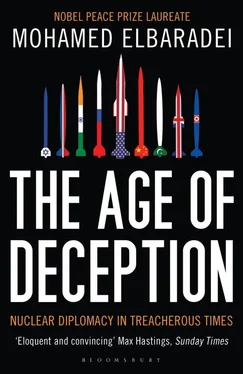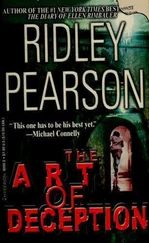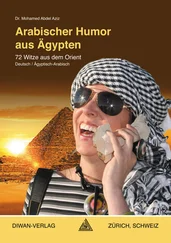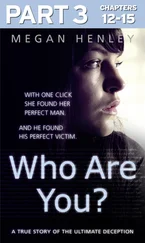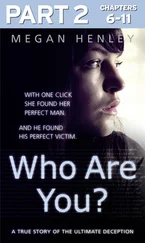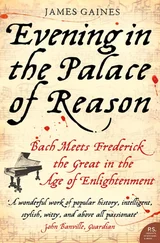By coincidence, that same day was also the start of a meeting of the IAEA Board of Governors, one of five such regular meetings that occur throughout the year. There were multiple accolades delivered by Board members that morning. Countries as varied as South Africa, Japan, France, Germany, and Brazil commended the Agency for its professionalism and integrity in carrying out the Iraq inspections.
The words of the South African ambassador to the IAEA, Abdul Minty, were especially foreboding. Not only was the world facing the regrettable prospect of a war with far-reaching consequences, he said, but the disregard shown for the role of the United Nations would have a profound impact on future international relations.
The statement of the U.S. ambassador made a sharp contrast; he did not even mention Iraq. The British were also silent on the topic. Most of the diplomats in the room were engrossed in following the evolving preparations for war.
I was not in the mood for conversation. When it was my turn to address the Board, I closed my speech with a quote. “In regard to all of our activities,” I said, “I am reminded of the words of Adlai Stevenson in 1952: ‘There is no evil in the atom; only in men’s souls.’”
The IAEA’s role in the Iraq narrative did not conclude with the onset of the war in March 2003. Our verification mandate from the Security Council remained in force. We were concerned about the integrity of nuclear material that had been stored under international seal. We also were hearing rumors, from our Iraqi contacts, of safety and security concerns related to uncontrolled looting at sites formerly under strict controls.
From the Tuwaitha Nuclear Research Center, for example, there were reports that metal drums containing radioactive material were being emptied and used by civilians to store and transport drinking water, milk, and other consumables, and to wash clothes. The safety implications of this were horrendous. We were also told that nonirradiated screwworm flies, which could pose health hazards to humans and livestock, had been released from laboratories. [12] Screwworms are flesh-eating pests that have largely been eliminated from North America and other regions using the “sterile insect technique,” in which healthy male flies are irradiated, making them sterile, and then released into the environment to mate. Since the females can breed only once in their lifespan, this rapidly cuts down on the screw-worm population. The IAEA has helped many countries develop the capacity to use this technique for screwworms and other pests. Iraq had an inventory of screwworms in storage for this purpose.
It was hard to know what to believe. Tuwaitha was a vast site, with hundreds of structures; many tons of yellowcake uranium oxide were stored there, along with much smaller quantities of low-enriched uranium, various radioactive isotopes, and other hazardous materials. The prospect of Tuwaitha and other nuclear sites being left unsecured, accessible to untrained civilians—or, for that matter, to militants who might want to incorporate the radioactive material into a “dirty bomb” or sell it on the international black market—was appalling. [13] A dirty bomb, otherwise known as a “radiological dispersal device,” is a low-tech device that could be used by extremist groups. Essentially, it consists of conventional explosives wrapped around nuclear or radioactive material. The result would not be a nuclear detonation, but still could effectively disperse the material across, for example, several city blocks, contaminating the area and causing widespread panic and economic disruption.
In media interviews and editorials, I began to press for the return of Agency inspectors to Iraq. I issued a press release on April 11, noting that I had written to the Americans regarding the security and physical protection of Tuwaitha and that I had gotten some verbal assurances from them.
Further, I made clear to anyone who would listen that the situation required IAEA expertise. According to the Associated Press, a group of U.S. Marines entering Tuwaitha believed they had discovered evidence of Saddam Hussein’s clandestine nuclear program in “an underground network of laboratories, warehouses, and bombproof offices.” The truth was that the marines had not discovered anything new. They had broken through IAEA seals. The material was controlled; they simply did not know what they were looking at. [14] William J. Kole, “Experts Say U.S. ‘Discovery’ of Nuclear Materials in Iraq Was Breach of UN-Monitored Site,” Associated Press, April 10, 2003.
As I told Wolf Blitzer on CNN on April 27, only the IAEA had the legal authority and the relevant field experience to perform such searches. “We have been in Iraq for over ten years. We know the people; we know the infrastructure; we know the documents; we know where to go. Why should we reinvent the wheel?” As international civil servants, we also had greater credibility.
The U.S. ambassador to the IAEA, Ken Brill, called David Waller, my deputy director general for management and the highest-ranking American in the Agency, to say that Washington was unhappy that I was “speaking outside of the technical box.” The next time I saw Brill, I expressed my dismay about this criticism. He said I should not give the United States or the coalition advice on policy and on what to do. I replied, “As long as I believe this policy aspect to be part of my job, and as long as I am doing this job, I will continue to tell them my views.”
In late April, I had breakfast with John Wolf, the U.S. assistant secretary of state for nonproliferation. Ken Brill was also present. They told me the State Department was no longer in the loop regarding Iraq; the Defense Department was now in control. However, they urged me not to push for the IAEA inspectors’ return. If I did, they said, “you will get an answer you will not like.”
“You have a political agenda,” I told them, “but as the head of the IAEA, I have a different agenda: to provide the international community with the facts and to make a technical assessment, without political spin.” I promised that the Agency, if allowed to return, would be as fully transparent and objective as always.
Soon after that conversation, I wrote a letter to the United States, saying that we needed to go back into Iraq to inspect. I received no response. When I met with Jack Straw in London on May 12, I again pressed my point. By this time press reports were beginning to draw attention to the humanitarian and other risks of unsecured nuclear material. [15] For example, two articles in the Washington Post , by Barton Gellman, on April 25 and May 4, detailed the haphazard efforts to control known nuclear sites in Iraq.
I told Straw that, given the safety hazards, inaction on the part of the coalition was basically sending the message that the lives of Iraqis were expendable.
Straw said he understood and agreed with my request that we should go back, particularly to Tuwaitha. But Washington, he said, was split on the issue. Straw intended to call Colin Powell the same day to make that point. He also asked one of his assistants to ask Blair to bring it up with Bush when they spoke later that day. A draft Security Council resolution aimed at, among other things, lifting some of the sanctions on Iraq, terminating the Oil-for-Food program, and giving the coalition legal standing as a peace-keeping force was also in the works; however, I was later told that since the British could not get the Americans to agree, the resolution did not include the return of IAEA inspectors. [16] The last of the sanctions on Iraq were not lifted until December 15, 2010, no longer barring the country, for example, from pursuing a civilian nuclear program, and returning control of oil and natural gas revenues to the Iraqi government as of June 30, 2011. “UN Lifts Nuclear Weapons Sanctions on Iraq,” Associated Press, December 15, 2010.
Читать дальше
